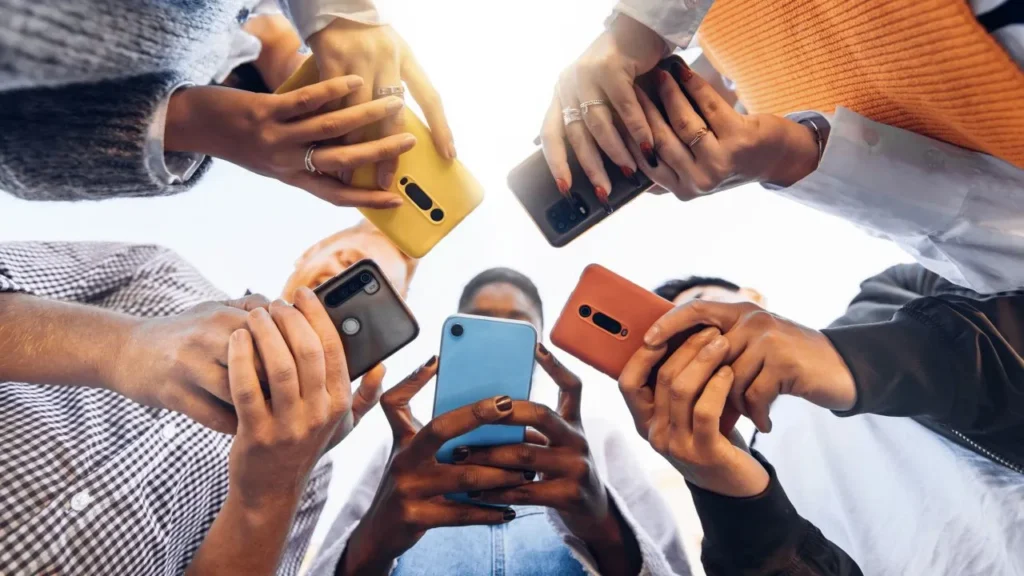California Governor Gavin Newsom has signed the “Phone-Free Schools Act,” which aims to reduce or prohibit the use of smartphones in schools across the state. The new law gives schools the responsibility to establish their own policies regarding smartphone use, with the goal of minimizing distractions and addressing concerns over student mental health and academic performance. This legislation comes as part of a broader effort to protect students from the negative effects of excessive smartphone use.
What’s Happening & Why This Matters
The New Law and Its Implications
Under the new law, all schools in California, including public school districts, county education offices, and charter schools, must develop policies to limit smartphone use on campus. The legislation does not mandate a specific screen time limit, instead allowing schools to create their own guidelines. These policies must be established by June 1, 2026, and updated every five years.
The motivation behind this legislation stems from research suggesting that unrestricted smartphone use in schools can harm student performance, particularly for low-achieving students. Additionally, smartphones have been linked to increased rates of cyberbullying, anxiety, depression, and teenage suicide. By curbing smartphone use, lawmakers hope to foster a better learning environment and address the growing mental health challenges faced by students.

There are some exceptions to the ban. Students will still be allowed to carry smartphones in case of emergencies, if directed by a physician for medical reasons, or if required for specific educational programs. However, the law explicitly prohibits schools from monitoring students’ online activity or collecting personal information.
A Push for Digital Wellness
California is not alone in addressing the issue of smartphone use in schools. Other states, including Louisiana, Indiana, and Florida, have implemented similar bans to curb distractions in the classroom. Los Angeles, the largest school district in California, has already moved to ban smartphones and social media use on campus, with plans to implement the policy by early next year.

Governor Newsom’s decision to sign this bill aligns with other recent legislation aimed at protecting students from digital harm. Just days before, he signed the Social Media Addiction Act, a law designed to prevent social media platforms from using algorithms that can increase children’s screen time and fuel addictive behavior. Both laws underscore the growing concern among educators and policymakers about the impact of digital devices on young people.
TF Summary: What’s Next?
California’s new ban on smartphones in schools reflects a growing awareness of the risks posed by digital devices in educational settings. Schools now have the responsibility to create effective policies that reduce distractions and safeguard students’ well-being. As more states and countries consider similar legislation, the U.S. national conversation about digital wellness and tech’s role in education will continue. Schools need to strike a balance between reducing screen time and online social engagement in favor of positive educational experiences.
— Text-to-Speech (TTS) provided by gspeech


